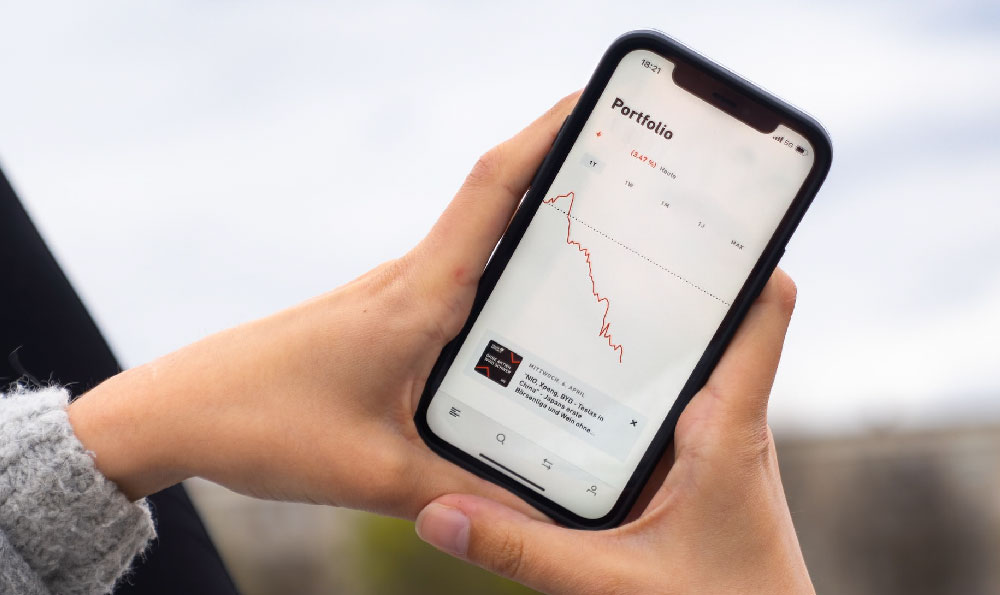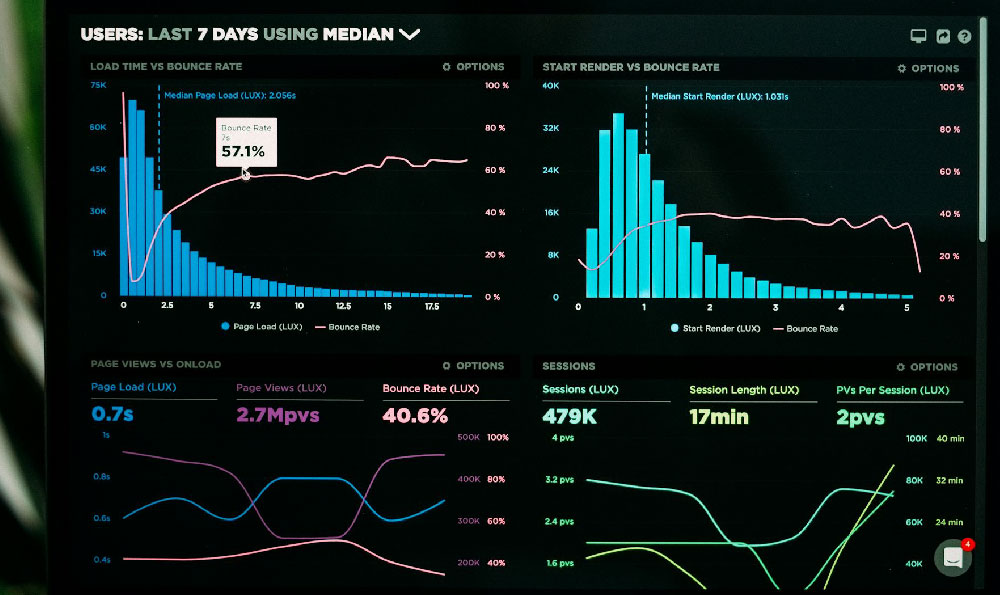The question of how much Lyft drivers can earn is a complex one, riddled with variables that make pinpointing a definitive average salary almost impossible. It’s more accurate to think of Lyft driving as a dynamic equation, where income depends on a multitude of factors that interact and fluctuate constantly. Let's dissect these contributing elements to get a clearer picture of the potential earnings and the reality facing most Lyft drivers.
One of the most significant determinants of earnings is location. A driver in a bustling metropolitan area with high demand, like New York City or San Francisco, will likely earn significantly more than a driver in a smaller town with lower ridership. Higher population density translates to more ride requests, shorter wait times between fares, and the potential for surge pricing, which significantly boosts earnings per ride. Cost of living also plays a crucial role in evaluating the true value of those earnings. A higher income in a high-cost-of-living city might not translate to more disposable income compared to a lower income in a more affordable area.
The hours a driver chooses to work are another critical factor. Full-time drivers who dedicate a significant number of hours each week are naturally going to earn more than part-time drivers who only work a few evenings or weekends. However, the optimal strategy isn't always simply working the most hours. Driving during peak demand times, such as rush hour, weekend nights, and during special events (concerts, sporting events, festivals), is far more lucrative than driving during off-peak hours when demand is low. Smart drivers learn to identify these peak periods and structure their schedules accordingly. This requires some level of market awareness and adaptability.

Surge pricing is a critical element that can dramatically affect earnings. When demand for rides exceeds the number of available drivers, Lyft implements surge pricing, multiplying the standard fare by a certain factor. Drivers who are online and accepting rides during these surges can significantly increase their earnings per ride. However, surge pricing is unpredictable and can fluctuate rapidly, requiring drivers to be quick on their feet and willing to adjust their strategies in real-time. Chasing surges can be a risky gamble, as the surge zones can dissipate quickly as more drivers enter the area.
Beyond simply accepting rides, driver efficiency plays a vital role. Experienced drivers develop strategies to minimize downtime between rides, optimize routes to avoid traffic congestion, and maintain high passenger ratings to increase their chances of receiving ride requests. A driver who knows the city well, understands traffic patterns, and is skilled at navigating the Lyft app can complete more rides in a given time period than a less experienced or less efficient driver. This also involves minimizing fuel consumption through mindful driving habits.
Vehicle costs are a major consideration often overlooked when considering gross earnings. The cost of gasoline, vehicle maintenance (oil changes, tire replacements, repairs), insurance, and depreciation all eat into a driver's profits. Drivers need to meticulously track these expenses to accurately calculate their net earnings. Some drivers lease vehicles specifically for rideshare driving, which can add another significant monthly expense. Choosing a fuel-efficient vehicle and diligently maintaining it can significantly reduce these costs.
Lyft also offers various incentives and bonuses to attract and retain drivers. These can include sign-up bonuses for new drivers, referral bonuses for recruiting new drivers, and ride streak bonuses for completing a certain number of rides in a row. Taking advantage of these incentives can provide a significant boost to earnings, but it's important to carefully read the terms and conditions to ensure that the requirements are achievable.
Passenger ratings are also influential. Drivers with consistently high ratings are more likely to receive ride requests and may even be eligible for certain perks or bonuses. Providing excellent customer service, maintaining a clean and comfortable vehicle, and driving safely are all essential for earning and maintaining high ratings. A negative rating can lead to fewer ride requests and potentially even deactivation from the Lyft platform.
The competition from other drivers is a constant factor. As more drivers enter the market, the number of available rides per driver decreases, which can negatively impact earnings. Keeping an eye on the local driver market and adjusting driving times to avoid oversaturated periods can help mitigate this effect.
Given all these variables, pinning down an exact average Lyft driver salary is difficult. However, various sources offer estimates based on surveys and data analysis. Generally, the gross earnings for Lyft drivers can range from $10 to $30 per hour before expenses. After accounting for vehicle costs, taxes, and other expenses, the net earnings can be significantly lower, often falling in the range of $8 to $20 per hour. It’s crucial to remember that these are just averages, and individual earnings can vary widely depending on the factors discussed above.
In conclusion, while Lyft driving can provide a flexible source of income, it's essential to approach it with a realistic understanding of the potential earnings and the costs involved. Drivers who treat it as a business, carefully track their expenses, optimize their schedules, and provide excellent customer service are more likely to achieve higher earnings than those who approach it casually. The reality is that Lyft driving is not a get-rich-quick scheme, but rather a job that requires hard work, dedication, and a strategic mindset to be truly profitable. The key to maximizing earnings is understanding the dynamic equation and continuously adapting to the ever-changing market conditions.











